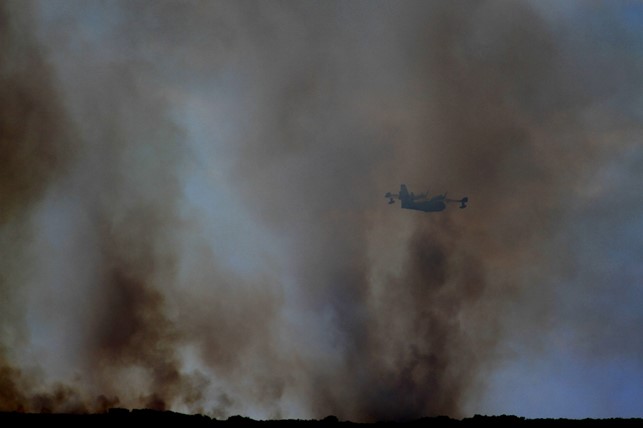
Fire on Mount Cimadors: 100 hectares burned
The flames spread rapidly over rough terrain, defying any attempt to contain
Mount Cimadors, once a lush green lung of Friuli, is now marked by deep scars. A fire, which was set off by lightning on 19 August, has devastated over 100 hectares of forest, leaving behind a lunar landscape and a community in distress.
A hell of fire
The flames, fueled by record temperatures and strong winds, spread rapidly over extremely rough terrain, defying any attempt at containment. The rugged terrain of the mountain, with steep slopes and almost vertical zones, made quenching operations extremely difficult and dangerous. Despite the fearless work of fire fighters, volunteers and aircraft, the fire proved unstoppable, igniting again several times due to rolling incandescent material.
The challenges of hostile terrain
Access to the worst affected areas was extremely limited and the use of air assets such as helicopters and Canadair was crucial. However, their capabilities were limited by the morphology of the soil and the presence of cavities and crevices where the fire took refuge.
Smoke and poor visibility
Another significant obstacle was the thick, unbreathable smoke that enveloped the area, drastically reducing visibility and making it difficult to orient aircraft. In addition, high temperatures and thermal radiation have put a strain on equipment and made the shutdown operations dangerous.
An environmental disaster
The consequences of this fire are devastating not only for the forest heritage but also for the whole ecosystem. Many animal and plant species have lost their natural habitat, while the soil has been severely damaged, making regeneration of vegetation difficult. In addition, the combustion of biomass has released large amounts of pollutants into the atmosphere, with potential impacts on air quality and public health.
An appeal for prevention
The fire of Mount Cimadors is a warning to all. It is essential to invest in forest fire prevention, through better land management, raising public awareness and strengthening early warning systems. This is the only way we can protect our precious natural heritage and ensure the safety of local communities.


